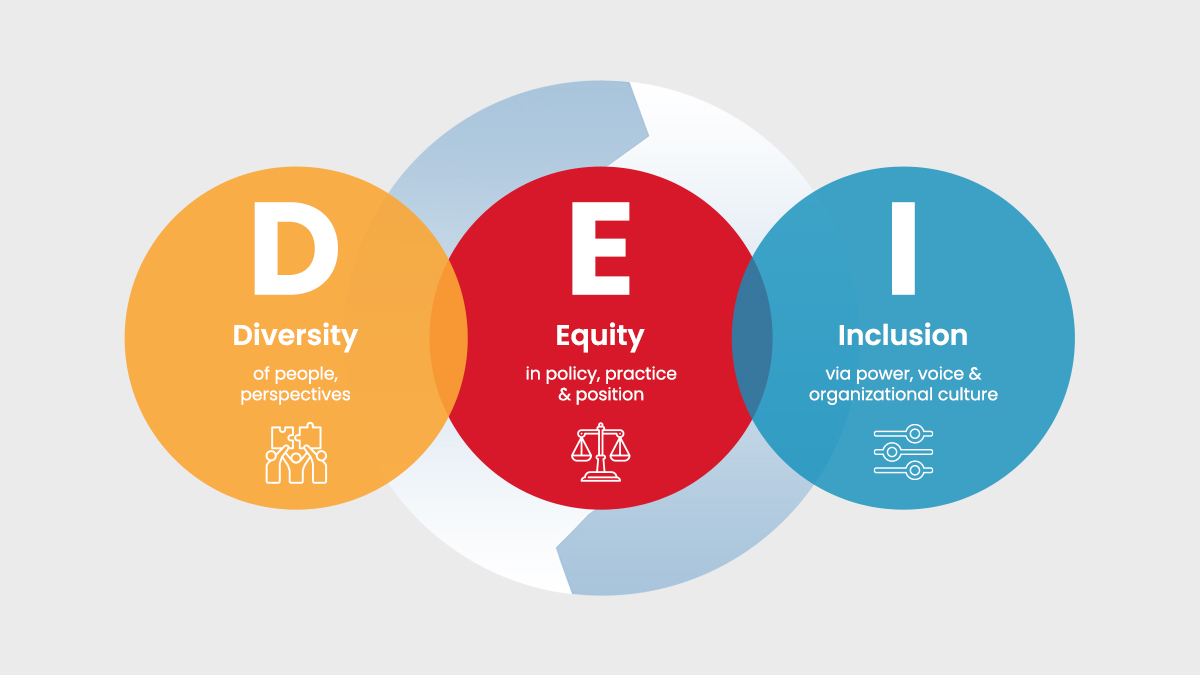
For many of us, a start-up is a metaphor for innovation and disruption- an entrepreneurial seed when backed by a robust vision and nurtured with skills can grow into an immense tree. This image that we have of start-ups is true but the impact that they can have on an economy is more far reaching. Today, the global start-up economy is valued at around $3 trillion- that’s larger than the GDP of UK, France or Brazil. Globally, there are 25 start-up ecosystems, with an ecosystem value of above $10 billion each and adding up to nearly $1 trillion in economic value. The success stories of start-ups tell you how they can drastically change the face of cities where they operated. You cite the case of Infosys scripting transformation of Bengaluru from a pensioner’s paradise to a bustling IT hub, Microsoft changing Redmond, Google transforming Mountain View (California) or Alibaba turning around the trade scenario for SMEs in China. People behind start-ups are not just men with vision and risk appetite, they are job creators and wealth creators as well. Apple, Facebook and Google- the monoliths that we know today were once small, ambitious start-ups.
And, if you look at the evolution of India’s landscape for start-ups, its one journey I have lived through, shared and personalized. I recall the days in late 90s when I floated my entrepreneurial venture- Cybertech Software & Multimedia Ltd (now CSM Technologies). It was then registered with Software Technology Parks of India (STPI) under an export oriented scheme. Not much to tell apart in the overall ecosystem for newbie IT units. But the landscape has changed, drastically and for good. Incubation, idea hackathons, mentoring sessions- any entrepreneur of 90s would have lapped them up to fast-pedal his success. May be, units like us could had a smooth ride on the start-up highway then! And, could have grown 2X or 3X faster. However, that doesn’t take any lustre off STPI’s efforts and its evolution from STP scheme to STPI Next punctuated by Centres of Excellence (CoEs). This transformation story of STPI is epochal and worth chronicling. STPI has come of age and deserves commendation for operationalizing Next Generation Incubation Schemes across its 12 centres. The scheme offers benefits like pan-India mentor pool, knowledge sharing, co-learning & networking and continuous capacity building & skill enhancement through seminars, workshops & trainings. Before the full potential of STPI Next is exploited, the CoEs have been working in unison with governments, academia, industry, technology and domain experts to give an impetus to start-ups. These centres provide end-to-end support to the incubates- initial handholding, tying up funds, offering marketing & legal consultancy and a continuous orientation cum skilling programmes that range from six months to three years. It’s an assisted journey where the incubation hub guides the start-ups in achieving critical milestones like filing of patents and company registration.
Beyond STPI, states have also developed their own ground breaking incubation ecosystems. The Telangana government has created T Hub that assists start-ups to accelerate their entrepreneurial journey with tailor-made playbooks, provides a platform to showcase innovations and attract investments, connects with industry leaders, investors, partners & service providers, provides learning opportunities with access to exclusive programs & events and offers top-notch mentorship.
Be it the efforts of STPI or states on their own, the Indian start-up success story is unravelling, opening up. Today, India boasts of around 40,000 start-ups- 40 of them unicorns. We are home to thethird largest ecosystem, next only to US and China. The future is replete with promise too. By 2025, India is slated to have 100,000 start-up that will employ 3.25 million plus people, produce over 100 unicorns and scaling a combined market value in excess of $500 billion. There’s a lot by way of the Indian government’s commitment to fast-track knowledge economy and rev up the start-up engine. There is the ‘ Start up India ’ scheme to empower start-up ventures and boost entrepreneurship. Moreover, the Department of Industrial Policy & Promotion (DIPP) has a 19-point Action Plan focused on overcoming hurdles for start-ups through handholding, offering funding support & incentives, facilitating industry-academia partnership and incubation.
Do the results show enough for making a huge success out of the start-up story? Or, we need a shift in gears? Of course, more needs to be done to break a new ground. Futuristic incubation hubs should be able to guide start-ups in their risk-laden business journey and tell them the strategies to cut losses or exit markets when their product or service is a misfit. Future ready ecosystems can think of a dedicated facility for security and vulnerability assessment of products. A bit more churn needed in the way we design our incubators as more incubates ideate to transform our ecosystems.
The author is Priyadarshi Nanu Pany, founder & CEO of CSM Technologies. This article was originally published on his Medium profile.


























































We will verify and publish your comment soon.